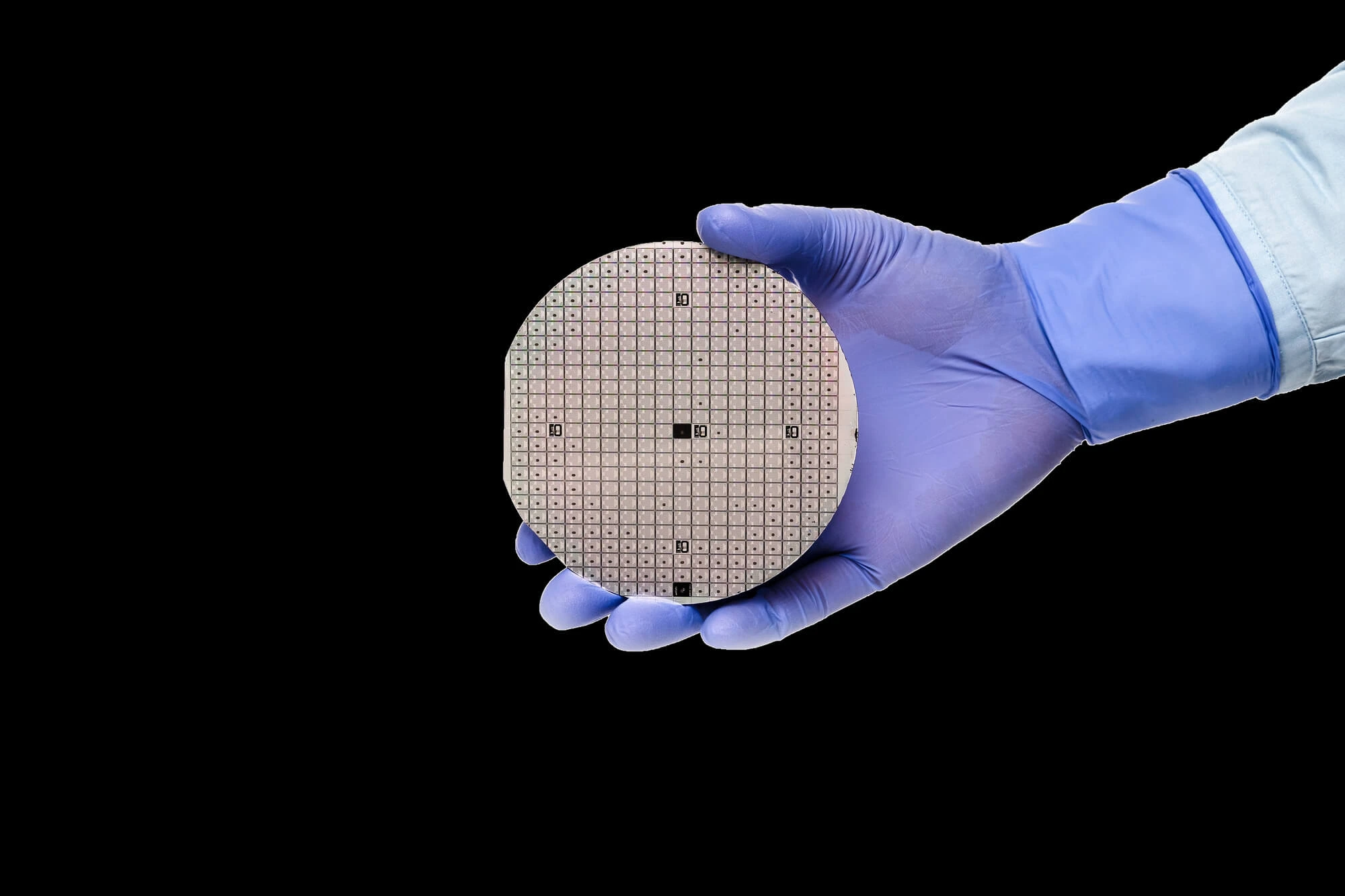
Understand bonding for InP reclaim wafers—steps, pitfalls, and QC tips to protect yield and reduce cost. Get specs or request a quote today.
Read More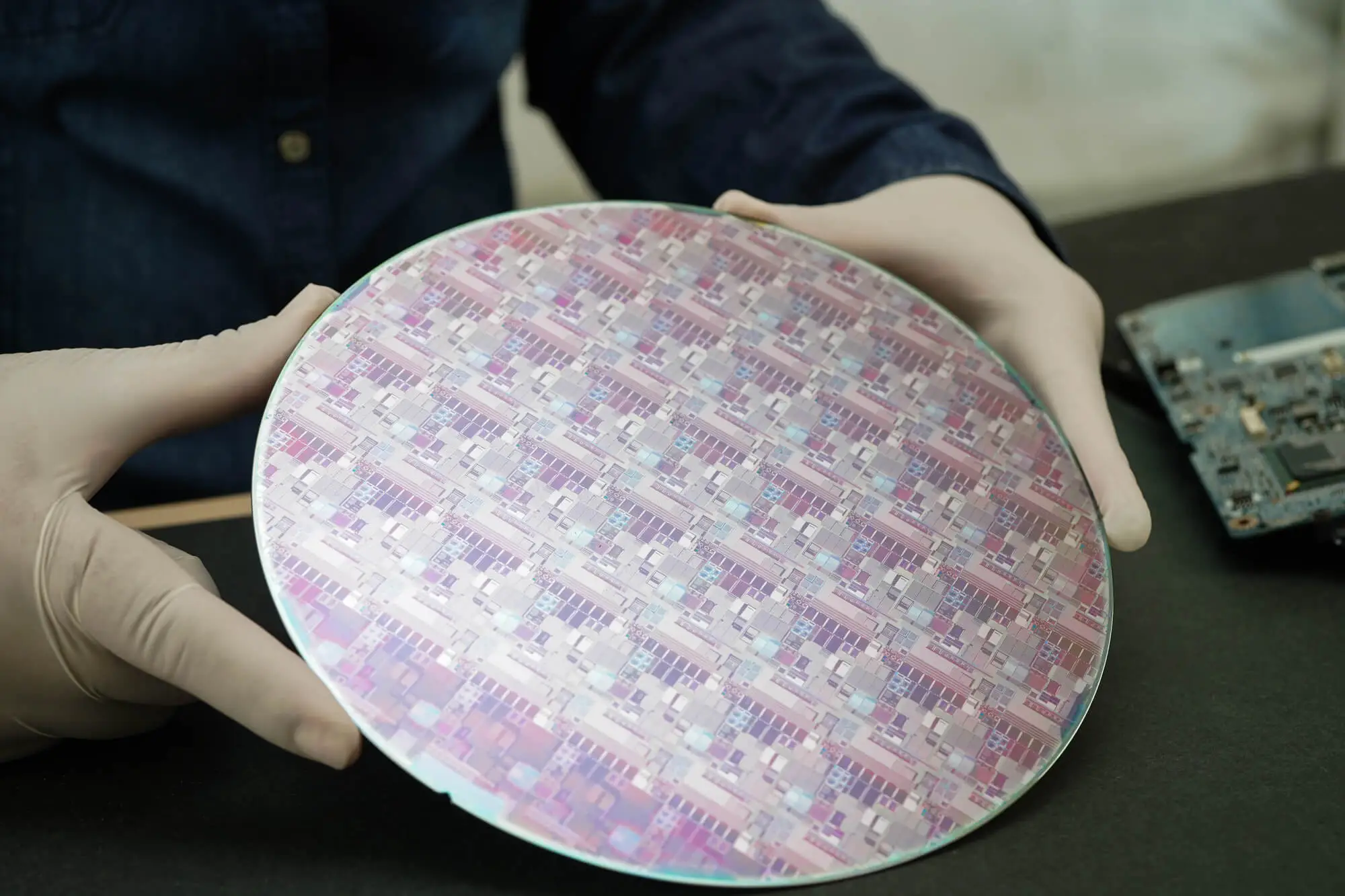
While 450 caused a lot of noise when they were first introduced, today ultra flat wafers and 200 mm fabs are regaining momentum, and here’s why.
Read More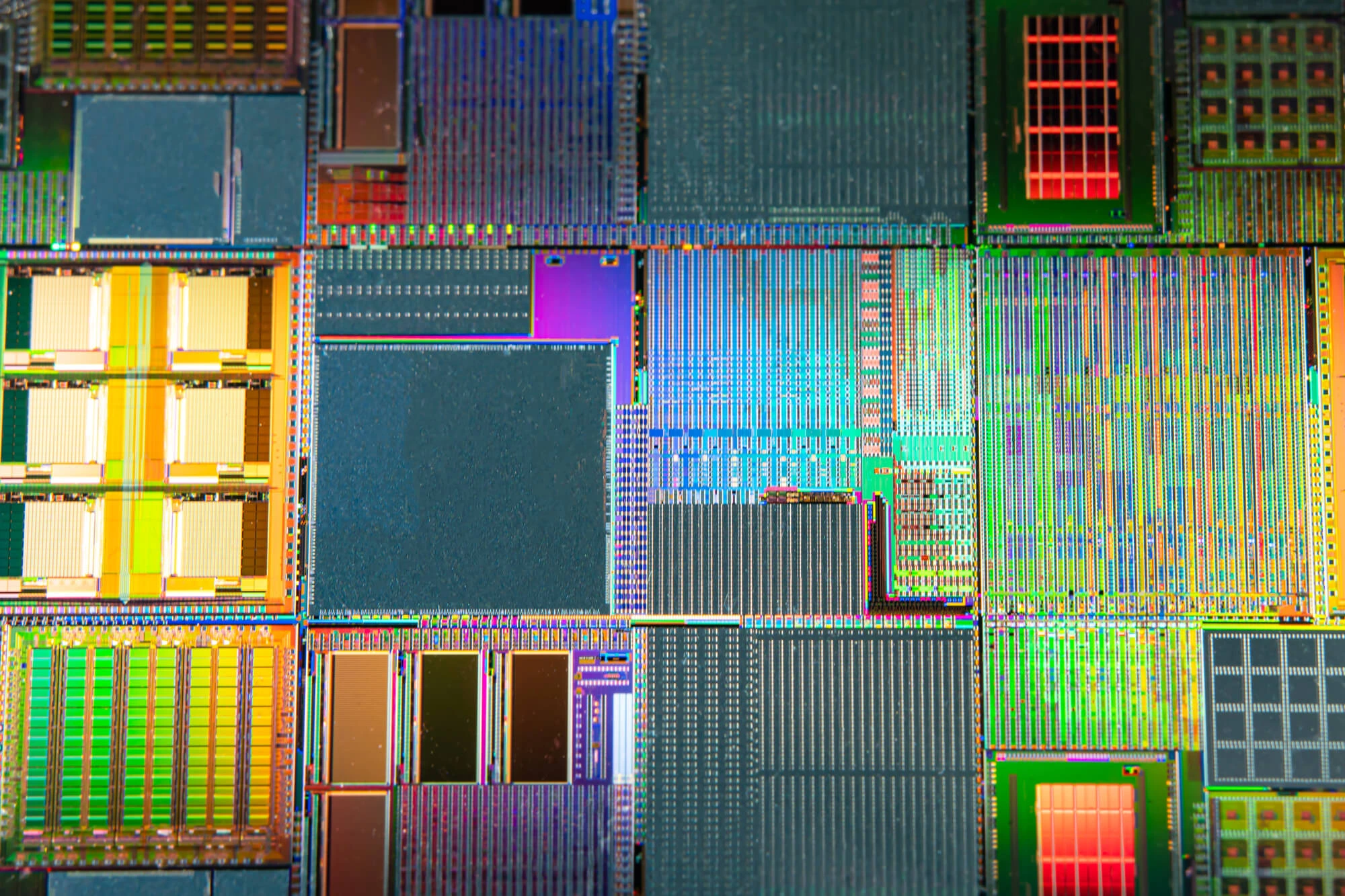
Explore the differences between 200mm, 300mm, and 450mm wafers in silicon wafer manufacturing. Learn how each size impacts cost, yield, and tool compatibility.
Read MoreUnderstanding intrinsic carrier concentration is crucial during silicon wafer manufacturing. Learn key equations, reference values, and factors affecting performance.
Read MoreSourcing from silicon wafer manufacturers? Use this essential procurement checklist to evaluate diced wafers and wafer-level die—covering specs, quality, packaging, and more.
Read More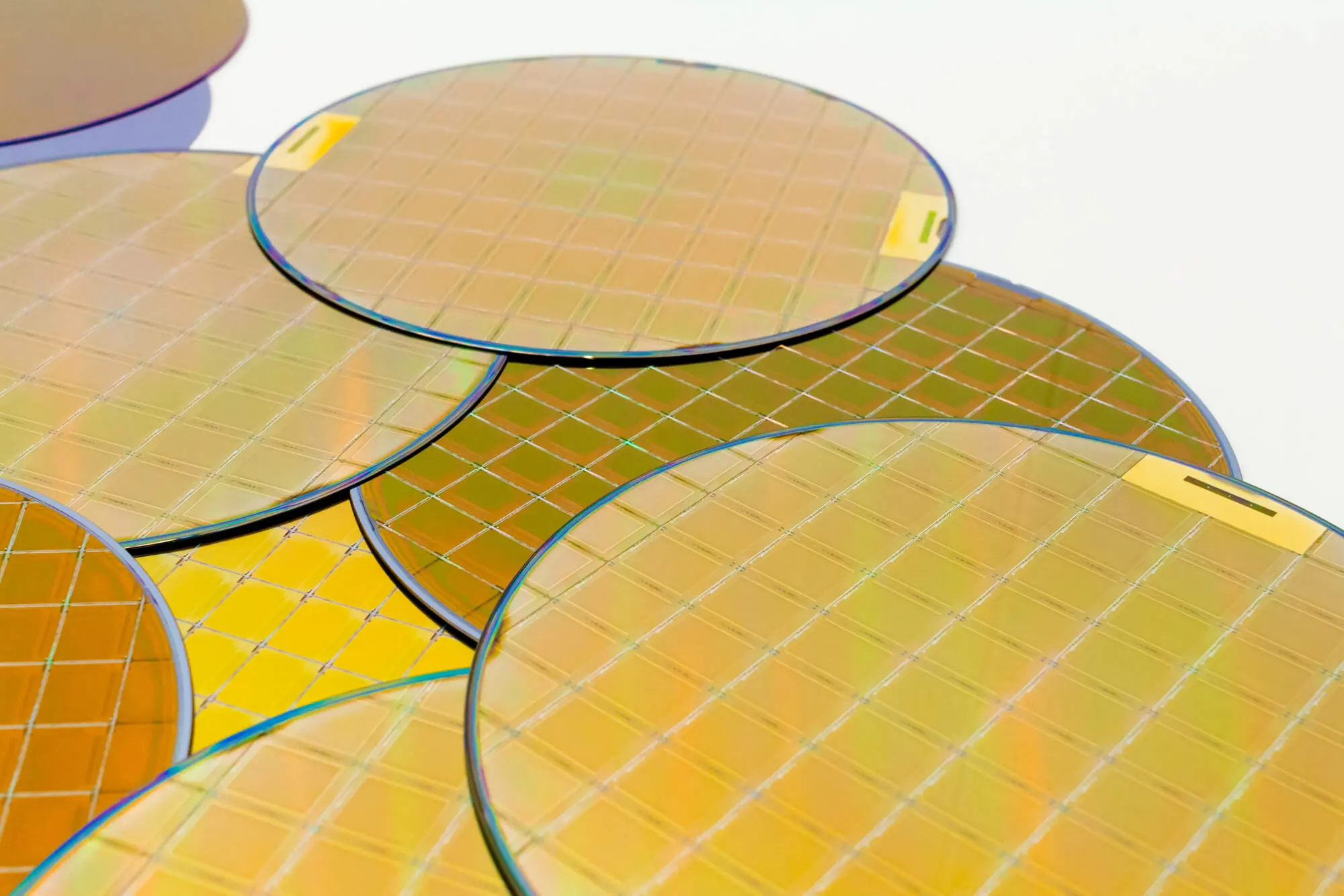
Learn the atomic number and composition of indium phosphide (InP) and why it makes an InP wafer vital for high-speed electronics and photonics applications.
Read MoreFor some time now, wafer manufacturers have been dealing with fluctuating silicon prices. Here are some effective strategies to face rising costs and stay afloat.
Read More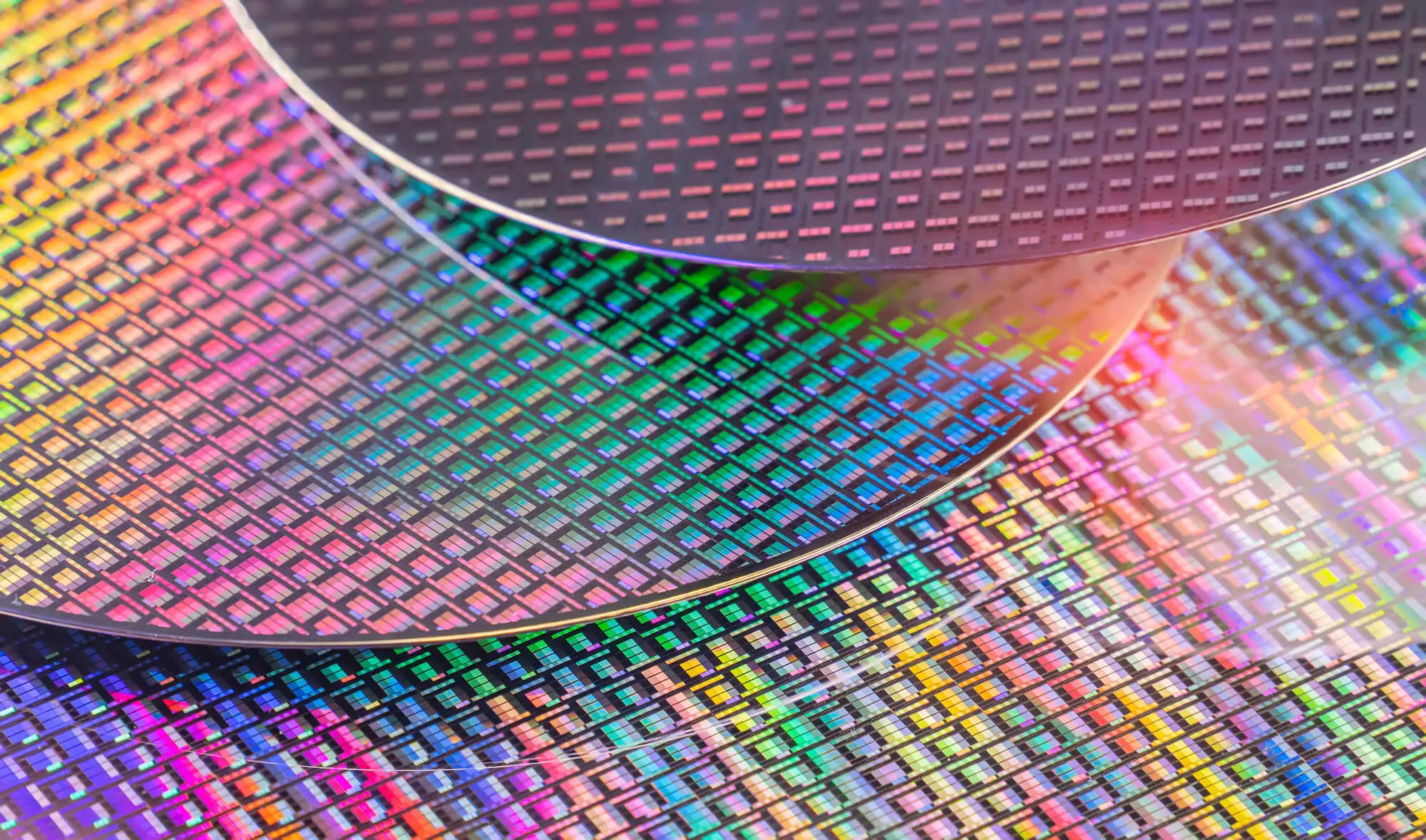
Discover how carrier and handle wafers are used for processing ultra-flat wafers to achieve mechanical stability, high yield, and advanced device performance.
Read MoreDiscover how thin silicon wafers enable precision, speed, and miniaturization in MEMS fabrication for sensors, actuators, and next-gen microdevices.
Read More